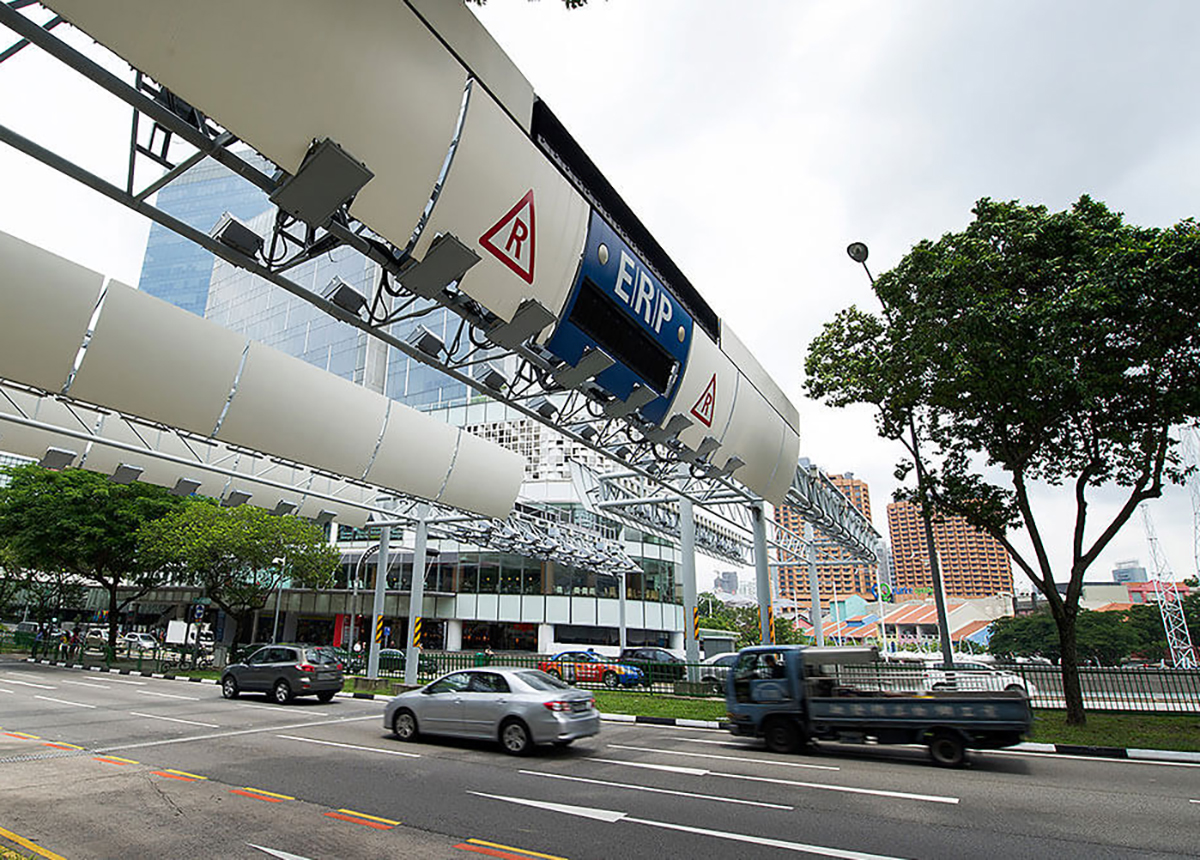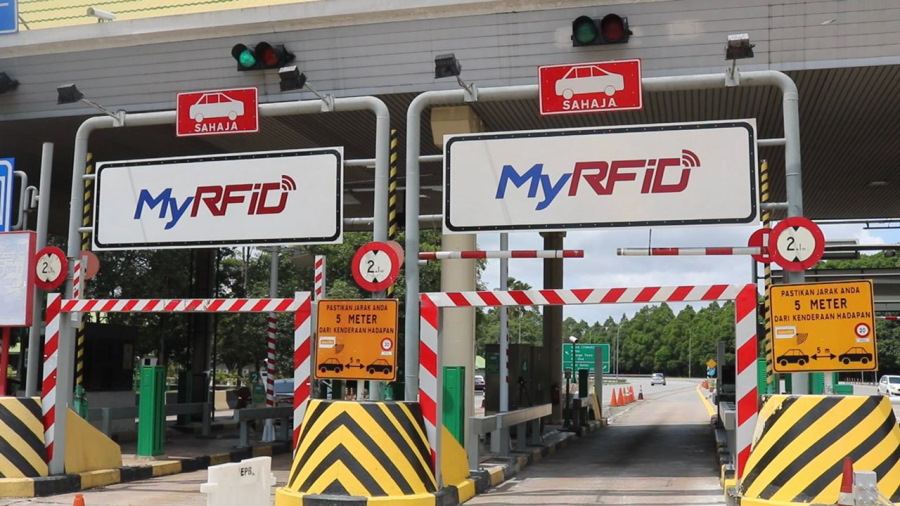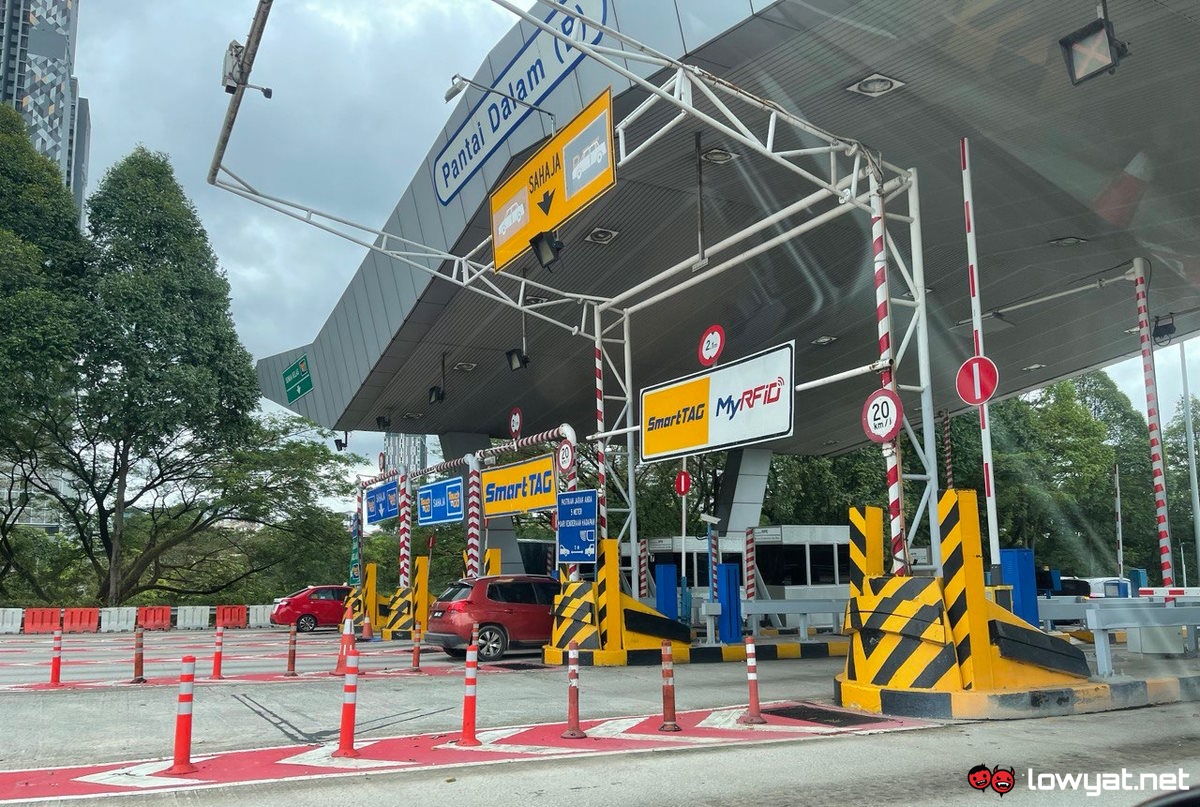Deputy works minister Datuk Seri Abdul Rahman Mohamad revealed during parliament today that the upcoming multi-lane fast flow (MLFFF) toll collection system will utilise automatic number-plate recognition (ANPR) and radio frequency identification (RFID) technologies. He explained that this will enable road users to experience smoother highway travel with fast and efficient toll transactions without needing to stop or reducing their vehicle’s speed.
In regards to whether the government is planning to implement a toll collection system without toll booths and barriers, Abdul Rahman said that the ministry has been conducting an extensive study in order to find a plausible solution. The deputy works minister noted that many countries have used the MLFF system successfully, and added that he is hopeful that its implementation in Malaysia can be achieved within next year.

On a related note, Duta-Ulu Kelang concessionaire Ekovest prior to this revealed that it has been testing a MLFF proof-of-concept (POC) on its highway, which also uses ANPR as part of its system. But instead of RFID, vehicles are equipped with an on-board unit (OBU) that’s claimed to deliver better results when compared to a sticker tag. The company adds that its system is more or less similar to the Electronic Road Pricing (ERP) system that’s used in Singapore.

Speaking of which, Abdul Rahman said the Malaysian Highway Authority (LLM) is diligently monitoring RFID-enabled toll lanes on all highways, including those utilising Touch ‘n Go and SmartTAG systems. This came as a response to a question posed during today’s Dewan Rakyat meeting regarding the government’s plans for the RFID system and efforts to enhance toll collection systems for smoother highway use.
(Source: Bernama)
Follow us on Instagram, Facebook, Twitter or Telegram for more updates and breaking news.



